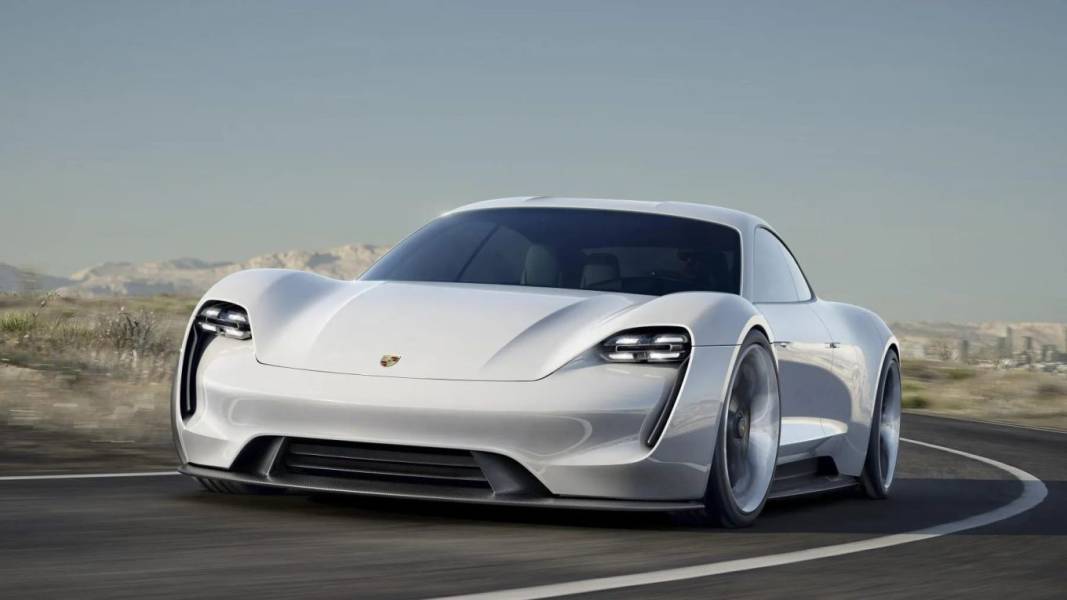Cars have changed a lot since their Benz Patent Motor Car beginnings. Today technology plays a major role in how we can get from one place to another. We have a vast number of options available to us such as electric cars, smart cars, and even self-driving cars. How we have driven in the past is not necessarily how we will drive in the future. Understanding each type of technology allows us to be able to make better choices about the vehicles that we want to invest in. By building smart infrastructure, we can make traveling safer for us all. Additionally, we can make sure that all of us get to where we need to be without unnecessary stress. Let us look at some of the types of readily available cars we can choose from today.
Electrifying Electric Cars
All-electric vehicles, also referred to as battery electric vehicles (BEVs), have an electric motor instead of an internal combustion engine. These vehicles use a large traction battery pack to power the electric motor and must be plugged into a wall outlet or charging equipment such as a Tesla charger. These types of outlets are commonly referred to as electric vehicle supply equipment (EVSE).
Electric cars do not emit exhaust from their tailpipes because they run on electricity. They also do not contain typical components, such as a fuel pump, fuel line, or fuel tank. Overall, using an electric vehicle is known to save us money in the long term. In addition to all-electric vehicles there are Plug-In Hybrid Electric Vehicles (PHEVs and Fuel Cell Electric Vehicles (FCEVs.)
The Power of Smart Cars
What distinguishes a smart car? In the United States, the Society of Automotive Engineers (SAE) provides definitions that indicate distinct levels of automobile intelligence. Most automobile manufacturers strive to develop smart cars that can regulate speed and steering programmatically. However, they rely on the human driver to take over in dynamic conditions, such as when inclement weather interferes with the car’s sensors. Cars will need Artificial Intelligence, Big Data, cloud computing, and other ICT technologies to reach this level, in addition to real-time monitoring and braking capabilities.
The Cars of The Future: Self-Driving Cars
There is little doubt that self-driving cars, also known as autonomous vehicles (AVs), are far safer than an ordinary human-driven vehicle. Indeed, human error is responsible for more than 90% of catastrophic crashes, implying that autonomous cars have the potential to drastically reduce the number of collisions and save lives. However, there are other challenges that AV technology has yet to overcome.
These challenges include spotting objects behind obstacles such as buses or trucks. In addition, self-driving cars struggle with detecting and anticipating the motions of pedestrians and drivers ahead of time. In addition, self-driving cars will need to be able to cope with malfunctioning or dirty car sensors. Another issue that AV technology has yet to fully address is the capacity to respond effectively when new and unusual road conditions develop. While self-driving cars are available they still need development before we all jump into one every day.
The Challenges of Smart and Self Driving Cars
Autonomous test vehicles and increasingly automated personal automobiles are now on the road. Therefore, we are all participants in a large public beta test that must be closely monitored. Overseeing a self-driving automobile for extended periods of time can be exhausting, especially considering drivers are frequently idle. However, tired drivers may not be able to take control quickly enough in the type of emergency that a car’s computer cannot handle. This is one reason why many manufacturers are developing recommendations to keep drivers safe and to overcome the “irony of automation.”
Can Roads Be Smarter?
The emphasis on technology should not be limited to the car itself but should extend to improving road infrastructure. The use of cutting-edge artificial intelligence (AI) to enhance smart infrastructure will not only assist driverless vehicles better understand the roads but will also improve general road safety. The introduction of smart infrastructure, such as sensors embedded into the road, allows for increased visibility for both smart and traditional cars. This will not only make driving safer, but also more comfortable.

Founder Dinis Guarda
IntelligentHQ Your New Business Network.
IntelligentHQ is a Business network and an expert source for finance, capital markets and intelligence for thousands of global business professionals, startups, and companies.
We exist at the point of intersection between technology, social media, finance and innovation.
IntelligentHQ leverages innovation and scale of social digital technology, analytics, news, and distribution to create an unparalleled, full digital medium and social business networks spectrum.
IntelligentHQ is working hard, to become a trusted, and indispensable source of business news and analytics, within financial services and its associated supply chains and ecosystems






























